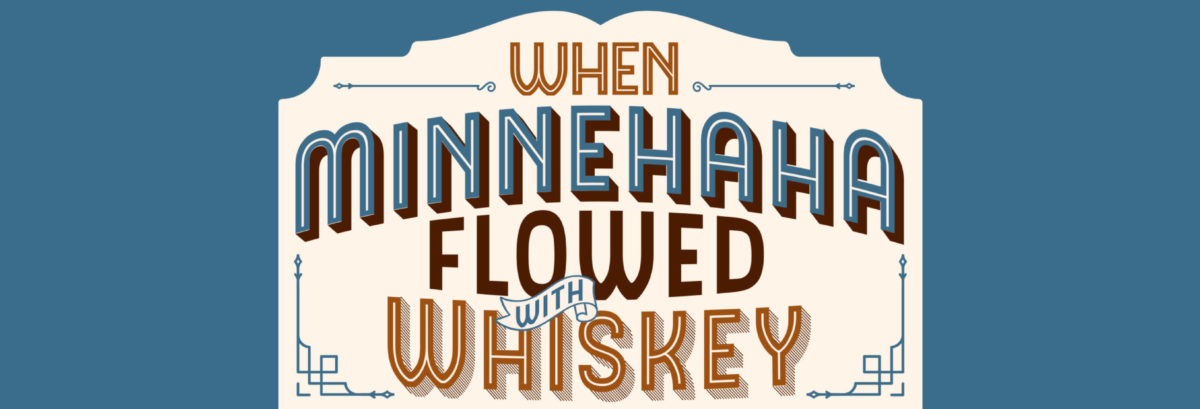It’s rare that Minnehaha Falls truly freezes completely. Even in the coldest winters, when you climb up behind the waterfall you can hear the trickling of moving water. Sometimes you can see the water moving through the ice.
The lip of the waterfall is more narrow than it used to be, and indeed has been getting narrower in the last 10 years with erosion. But every winter we see a wide curtain of icicles all across the western side of the Minnehaha Gorge. They are created by groundwater moving through the limestone layer that creates the lip of the falls. Starting in 1889, the Park Board has done a lot of work to de-water springs and redirect that groundwater, and much of that work has been successful. But the icicles still form.








